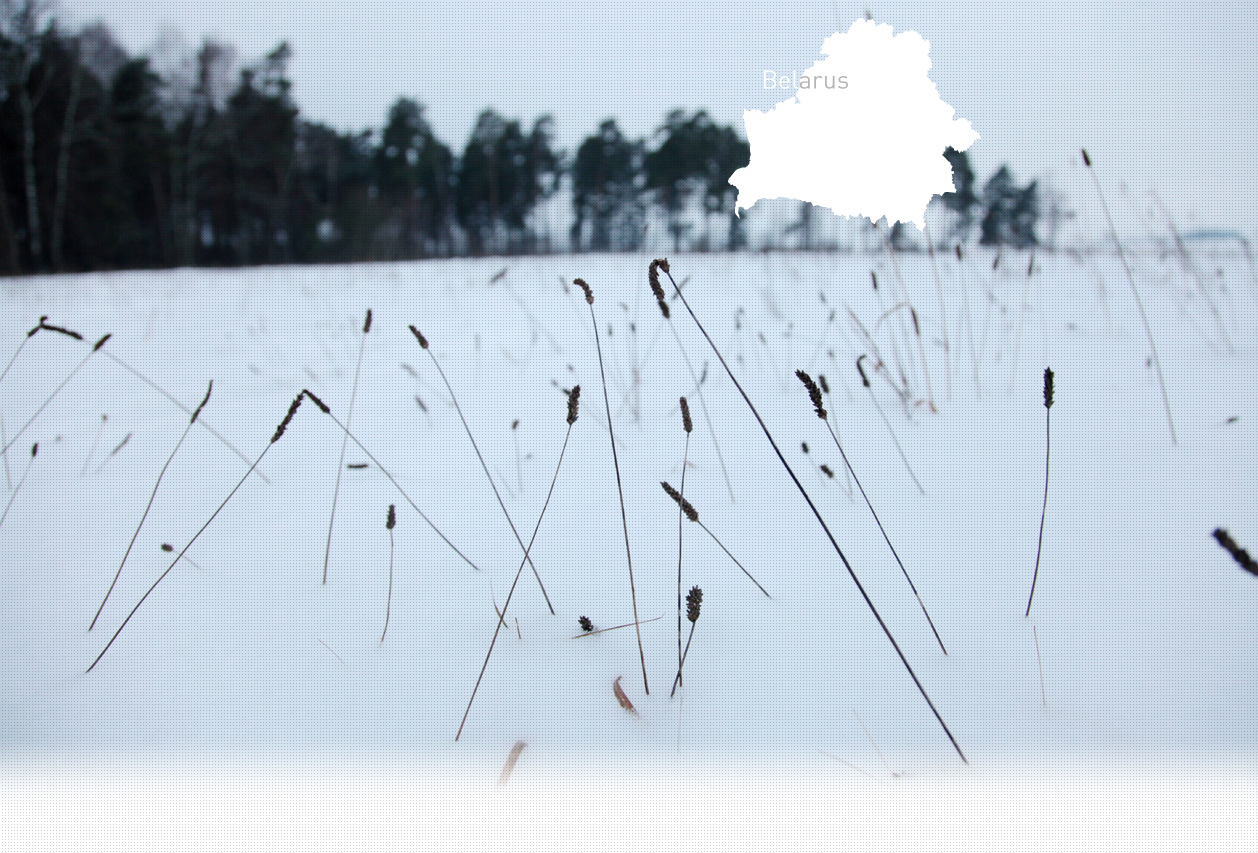

1 Killing site(s)
Aleksandra Ch., born in 1923: “All the Jews from Kholopenichi were rounded up and taken to be shot. They were loads of them, but I can’t tell you exactly how many they were, because I didn’t count them. As far as I remember there were hundreds of them. The column was escorted by Germans on both sides. Anyone who couldn’t walk like elderly people and children were taken on a cart that followed the column.”(Witness n°1023B, interviewed in Borisov, on October 8, 2019)
"In the first days of September 1941, it was a Saturday, a German punitive detachment consisting of more than a hundred men armed with machine guns arrived in Kholopenichi and, without making any comments, surrounded the town. The German soldiers started to enter the houses and round up all the Jews in the Klub building. Those who could not walk were transported on carts. At that time, Jewish refugees from the districts of Minsk, Borisov, Zembin, Smolevichi and western Belarus were in the town. About 900 people were gathered at the Klub in total. As I later learned, the gathering of the Jewish population was done under the pretext of transferring them to another location. However, a few hours after the end of the round-up, the people were led, under heavy surveillance, from the Klub to the outskirts of the town. Anyone who could not walk was transported by cart. When they arrived at the place known as "Kammeny log", they were all shot. At the same time, just after the departure of the Jews, the starosta Andrei B*** arrived at my house and ordered me to go immediately to the Klub with a shovel. Thirty-six of us were requisitioned in this way. We were also taken to "Kammeny log,” located 1 km from the town. There, the German interpreter ordered us to bury the bodies. When I approached the pit where the bodies were lying, I saw a woman who was still alive and who was begging to be saved saying "Save me!" But the interpreter ordered the pit to be filled in. The woman was subsequently buried alive.” [Deposition of Aleksandr Kh., requisitioned to fill in the pit, given to the Soviet State Extraordinary Commission; GARF Fond 7021, opis 87, delo 16].
“I remember that another Aktion took place outside Borissov. I know that we drove for a long time through the countryside. I have no memory of the place. But I do remember the execution site. It was in a clearing in a forest. This clearing was in the middle of the countryside and a pit had been dug there. I remember that the Schutzpolizei was present during this Aktion. It seems to me that it was the Schutzpolizei that led the Jews to the shooting site when we arrived. I think that the OD was also present, but I could be wrong. I remember well that a young Jewish couple was led from the gathering point to the pit, this couple had a smart expression. When the woman saw what was waiting for them, she clung to her husband and shouted, "This is a horror, this is a horror what they are going to do to us.” That made a terrible impression on me. The pit was 1.50-2m deep, 2m wide and 25-30m long. The number of victims was not as large as in Krupka. Today I could still describe the clothes of this couple, but I cannot say anything about the number of victims. From the size of the pit I would say that there were more than fifty.” [Deposition of Robert L***, a member of Einzatskommando 8, given on February 27, 1963, in Koln; B162-3290 p.291]
Kholopenichi is located 130 km (81mi) north northeast of Minsk. In 1861, 1,343 Jews lived in Kholopenichi. They were mostly engaged in handicraft and trade. The community had its own synagogue and a cemetery, mostly destroyed today. In the Soviet period the town had a Yiddish elementary school. On the eve of the war it is estimated that there were about 500 Jews in Kholopenichi, making up 20% of the total population.
Kholopenichi was occupied by German forces on June 28, 1941. Shortly after the occupation, all Jews were marked with yellow distinguishing badges and forbidden from leaving the town. They continued to live in their houses until they were murdered in early September 1941. On September 6, 1941, a punitive detachment arrived and surrounded the town. The Germans would go from house to house, to arrest the Jews and gather them in the building of the local Klub. Once everyone was gathered, they were taken in a column towards a sand quarry, located 1 km away, where a pit had been dug. Anyone who couldn’t walk such as children and elderly people were transported by cart. When they arrived the Jews were forced to undress and shot in groups on the edge of the pit. Many victims were not killed, but only wounded. They were subsequently buried alive. Two days later, another group of Jews from the village of Shamki was brought and shot at the same place. In all, according to the Soviet archives 1,600 Jews were shot in that quarry, known as ‘Kamyannyi Log’. Although according to the memorial that stands on the mass grave, there were 2,700 victims.
Do you have additional information regarding a village that you would like to share with Yahad ?
Please contact us at contact@yahadinunum.org
or by calling Yahad – In Unum at +33 (0) 1 53 20 13 17